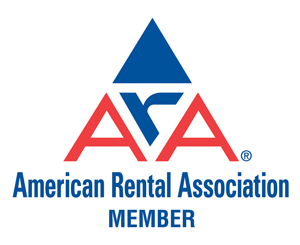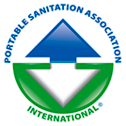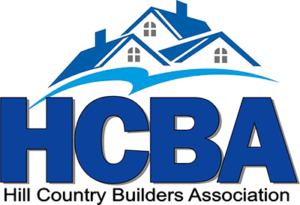A Guide to Choosing an Outdoor Hand Washing Station for Your Job Site
Studies show that people wash their hands roughly five times daily, although this number varies immensely. One of the main reasons for that variance is accessibility to hand washing stations.
When planning a construction site, an outdoor hand washing station is critical to ensure construction site cleanliness and hygiene. But how do you know if you’re getting the best hand wash station you can for your purposes?
If you’re curious to learn how to improve your construction site’s cleanliness, we’re here to help. Read on to learn about how to pick the best hand-washing station for your construction site.
Why Bother?
When budgeting for a construction site, it’s tempting to find places to cut corners. Doing so can save costs, and every dollar saved matters. Why should you spend more on the budget for construction site cleanliness?
Hand washing is proven to prevent disease and illness. According to the CDC, clean hands can prevent about 33% of diarrheal illness and 20% of respiratory infections.
Hand washing stations are also important for safety. If someone is injured on site, hand washing stations can help ensure sterility while caring for them.
Washing hands can also prevent future injuries. If a worker has glass dust or insulation on their hands, washing them stops that material from spreading. They’ll be thankful for a hand washing station when it stops them from accidentally scratching their eyes.
Factors to Consider
With an understanding of why a hand wash station is important, we can look at how to choose your model. Here are the primary factors you should consider when choosing.
Capacity
Arguably, the most important factor for your station is capacity. The capacity of the station is the measure of how much water it can hold.
To simplify, more water means more washes before it needs refilling. In many cases, bigger is better when it comes to capacity.
However, some stations may not need to consider capacity. There are some models that can tap into local water pipes or even water hoses. These stations have a virtually limitless capacity but are less mobile and more expensive.
Conversely, stations with low capacity are cheaper and easier to move around your construction site. In some cases, it’s often better to purchase multiple small stations instead of one large one. If your site is too big for one station to be convenient, this is a good choice.
Water Disposal
What happens to the water when someone finishes washing their hands?
For many stations, there’s a drain and a secondary water basin. The wastewater goes into this basin and needs emptying. The wastewater basin is often about the same capacity as the freshwater tank.
In other stations, the water may not go into a basin. Instead, it could drain out of a hose in the bottom and into the dirt and grass. For others, it may simply fall from someone’s hands with nothing to catch it.
If a construction site has dirt or clay flooring, having the water drop straight to the ground is inconvenient. It can create a slurry or muddy area around the hand washing station.
Not only is this floor unpleasant to walk to, but it also spreads dirt and mud through the site. Think of where your system will go before picking.
Hygenic Material
Another important factor is to consider what the hand washing system is made of. Some materials are superior for reducing the spread of illness.
Stainless steel or plastic is ideal for this purpose. Their surfaces are non-porous and won’t allow bacterial growth.
Ease of Use
If your hand washing station isn’t easy to use, people may choose not to use it. As such, you’re spending money on something that was wholly ineffective. But what makes a station easy to use?
Being made of decent quality is an important step. Cheap ones may break during use or have poor faucets. The water pressure may also be too low for some workers to want to bother with.
Think of how users will get the water for their hands. The most common form is with a foot-powered pump. Others have spigots or faucets.
Accessibility
How accessible is your worksite? If you have differently-abled workers, you should ensure that your washing station is accessible.
Most systems are already made with accessibility in mind. As such, your most important step is to make sure you’re placing it somewhere anyone can access it.
If it’s elevated, make sure the area to reach the station is paved and accessible. Add ramps, rails, and everything else people may need.
Cost
Naturally, the cost of a system is a critical point for your budget. Many are tempted to go for the cheapest option, but it’s more important to get the right system.
For example, think of your capacity and the pros and cons. If you get a bigger system than you need, you won’t need to refill the freshwater or drain wastewater as often. However, it’ll also be more expensive to have these perks.
On the other hand, smaller systems are cheaper but less convenient. One exceptionally frustrating issue for workers is having multiple small systems that are all out of water or soap.
There are also features that will increase the cost, such as water pressure or comfort of use. The material the system is made of will also shift prices.
Think of what factors and benefits are the most important to your worksite. Afterward, make a list of what cons you can accept. Choose the system that best fits these desires.
Choosing the Best Outdoor Hand Washing Station for Your Construction Site
Supplying an outdoor hand washing station is critical for the health and safety of your employees. Make sure you improve construction site cleanliness by picking the best system for your purposes. Remember that it’s better to have a few features you don’t need than to have a system that’s barely usable.
Are you curious about finding the right hand washing station for your construction site? Contact us at Go Jbar to see how we can supply your Texas site with the best options.





